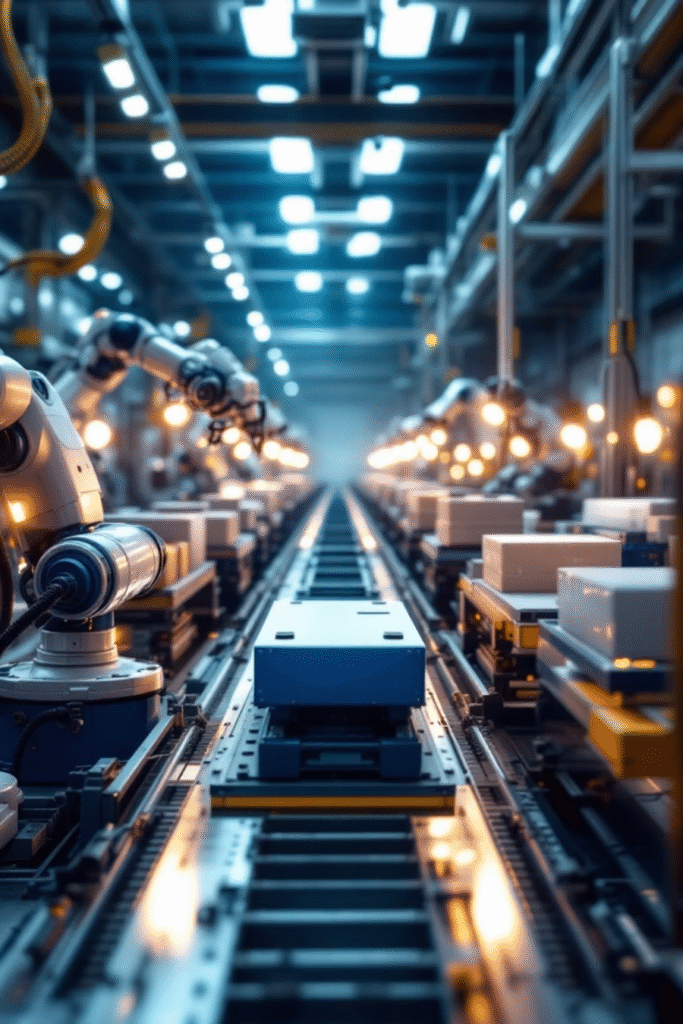
Brief description
A digital twin is a virtual model that fully replicates a real-world object, such as a machine tool, robot or entire production line. Virtual twins receive real-time data from the sensors of physical objects, which enables them to display the current state of the system and make it possible to remotely observe and control the production process. Put simply, the digital twin reflects the operation of the equipment in real time, creating an exact digital copy.
Benefits for the customer

Remote monitoring
The ability to monitor the process remotely and intervene promptly if necessary (for example, AR glasses allow you to examine all operations in detail).
Analytics and predictiveness
The real-time model collects and analyses data on system operation, enabling efficiency evaluation and the early detection of deviations or abnormal situations.
Safe testing
Emergency scenarios that would be risky to test on real equipment can be simulated on the digital twin, thus avoiding damage to equipment and production downtime.
Process optimisation
In the virtual model, engineers can test various improvements, such as reducing cycle time, saving materials and improving environmental performance, before any changes are implemented in the real shop.
Digital Twins Development
Change it!

Role of the team
The team of specialists develops high-fidelity 3D models of the equipment and integrates data streams from sensors, ensuring that the digital twin behaves identically to the physical object. Together with enterprises, researchers pave the way to Industry 4.0 and advance the digitalisation of production systems and their planning. Experts configure algorithms to analyse data obtained from the twin for machine condition diagnostics and failure prediction. In addition, the team tests various scenarios (including emergency ones) on the virtual model to find optimal solutions that will increase the efficiency of equipment operation before implementation.

Implementation in practice
A digital twin project begins with the development of a detailed digital model of the target object, which includes all mechanical components and operating logic. This model is then connected to the enterprise’s real-time data streams, with temperature, vibration and load sensors transmitting readings to the virtual testbed. The model is calibrated to real conditions, after which various operating modes are simulated in a safe virtual environment. Engineers can then identify bottlenecks, test abnormal situations (such as equipment failure) and select optimal parameters. The outcome of this work is a set of recommendations and validated settings on the digital twin, which are then transferred to real production. This significantly accelerates the implementation of changes and reduces the risk of errors.
